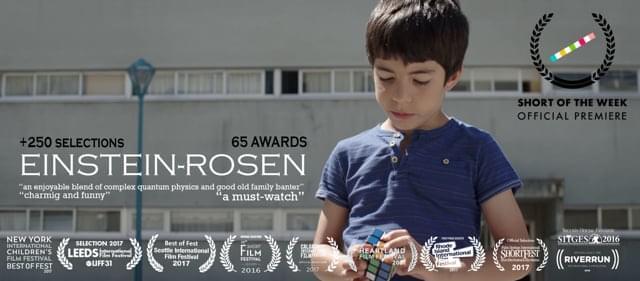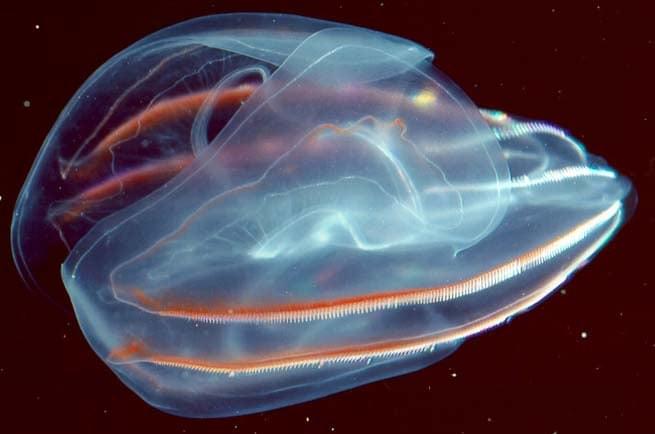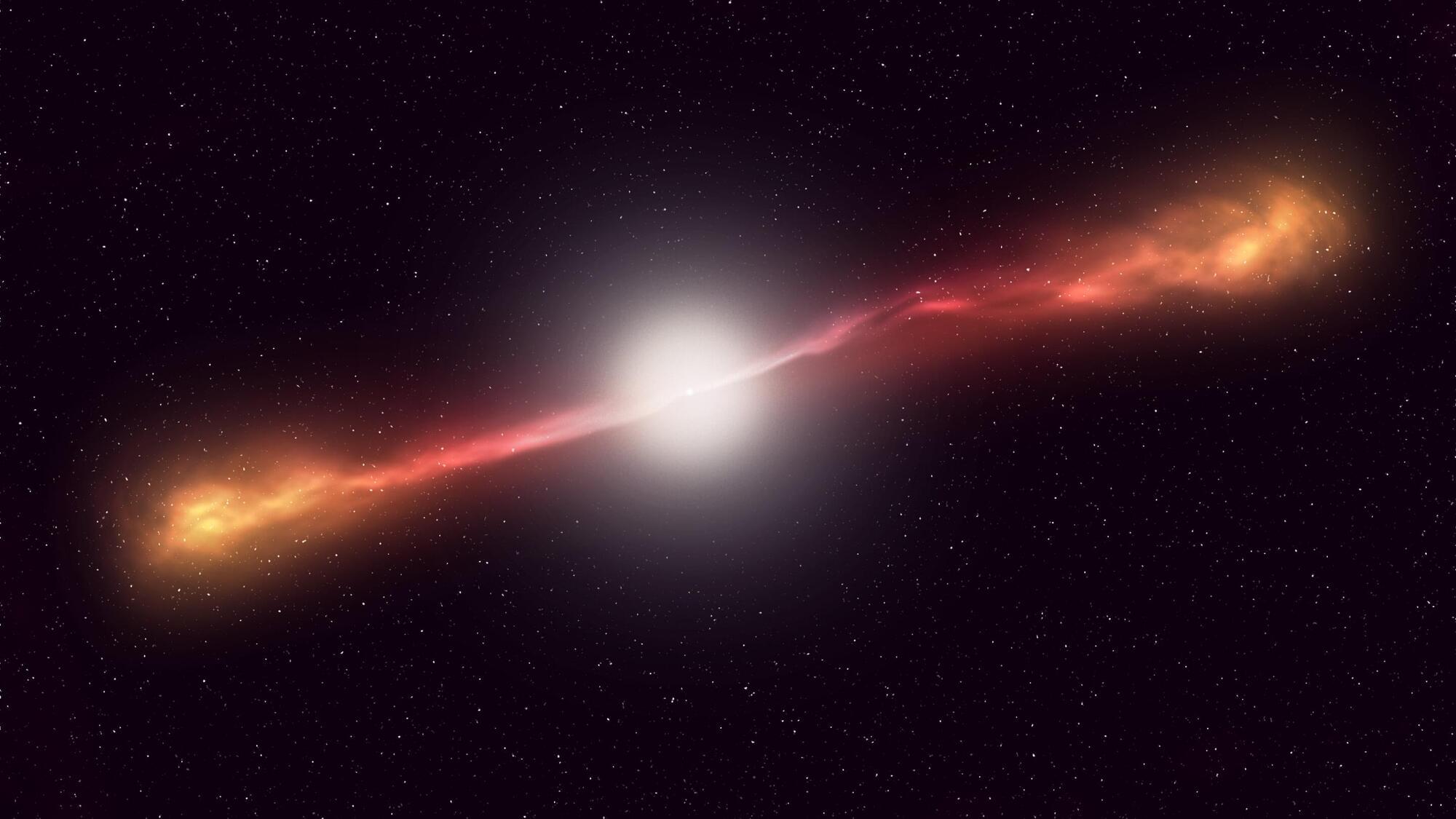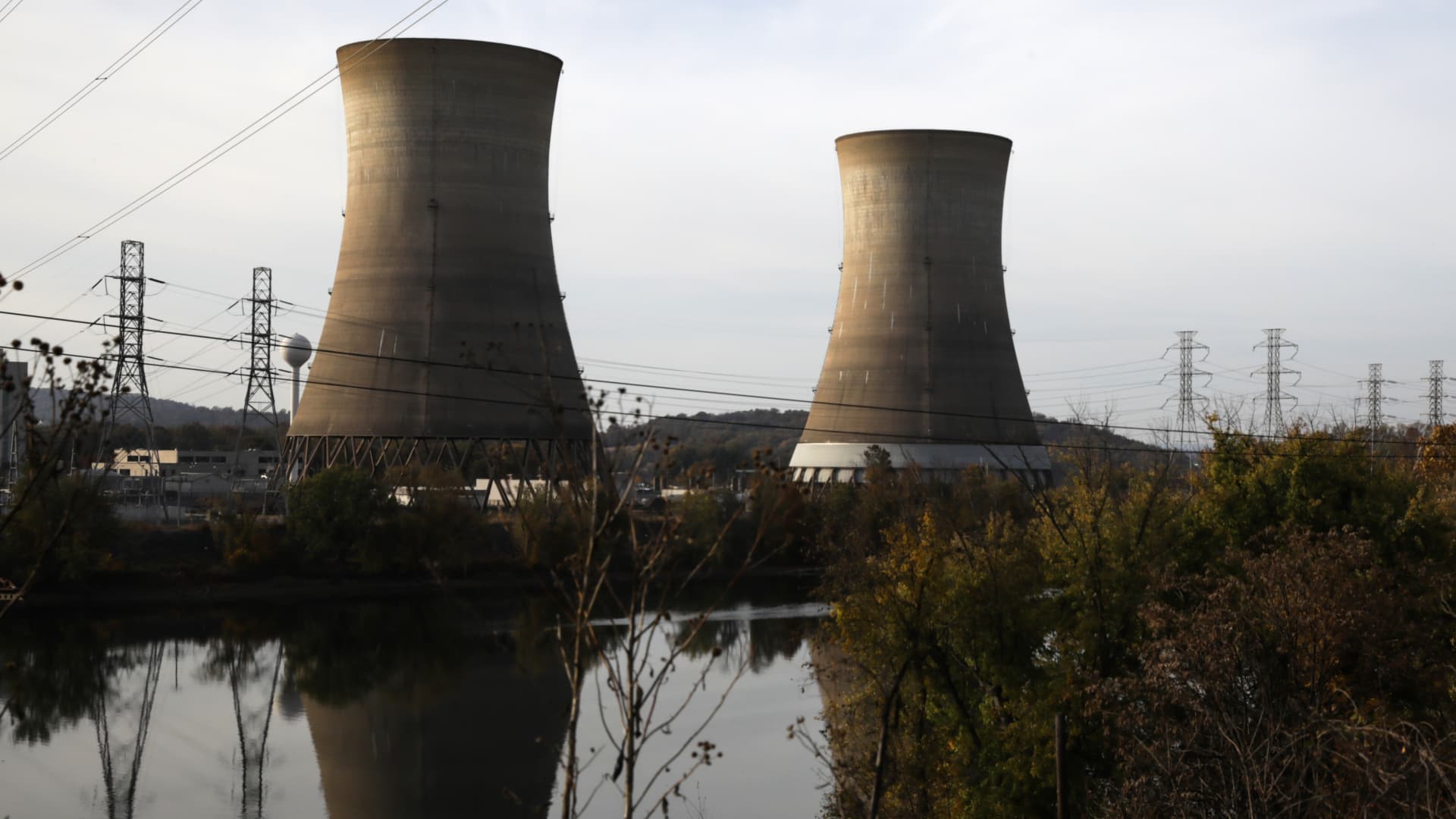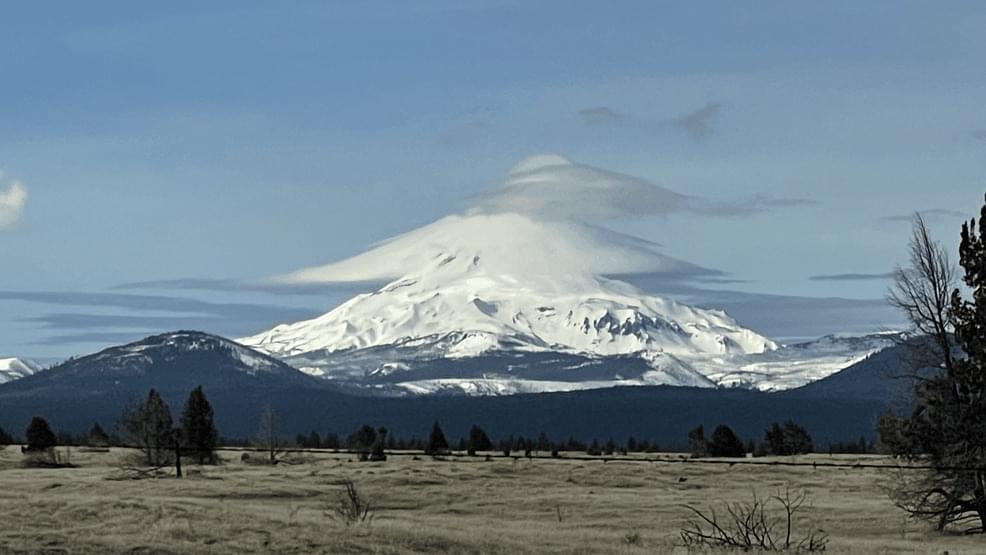This high energy output could vastly improve the world’s sustainability. With fusion, energy would be near-limitless and thus easily accessible and substantially more affordable. People could enjoy lower utility bills and consistent, reliable energy.
Watch now: How bad is a gas stove for your home’s indoor air quality?
The innovative reactor would help slow down climate change and lead to a cleaner, cooler future, while helping people save money and access clean energy. Reducing energy pollution will benefit every human, reducing the health hazards of breathing polluted air or drinking contaminated water.

